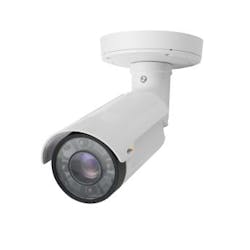Aerospace and defense applications require robust video technologies with reliability, obsolescence, support
PHOENIX, 20 Jan. 2014. Consumer semiconductors are increasingly being employed in video applications for aerospace and defense, and that’s good and bad, describes Alan Simmonds, engineering director, Creative Electronics Systems (CES) in Morgan Hill, Calif., during VITA’s Embedded Tech Trends in Phoenix.
Video is a strong market driven by high volumes, low prices, and high levels of integration with commercial off-the-shelf (COTS) embedded components in high-definition televisions (HDTVs), set-top boxes, and myriad video players, Simmonds says. On the other hand, product cycles can be short, on the order of six to 12 months, in-the-field bug fixes are often needed, and programmed obsolescence is a factor. Even worse, manufacturers have the perception of a high support burden. That is, diverse video format support can require complex configurations, noise-sensitive mixed analog/digital requires careful power and printed circuit board (PCB) design, and complex compression and decompression are often needed.
A strong requirement for COTS modules and products, cost sensitivity, low power, and small form factors are driving the requirements for video technology in the aerospace and defense market. Yet, the need for video technologies looms large in aerospace and defense. “A rapidly growing number of video tasks are well suited to aerospace and defense,” including intelligence, surveillance, and reconnaissance (ISR) with manned and unmanned aircraft, Simmonds recognizes.
“Video technology moves at a very rapid rate,” Simmonds acknowledges. “Keep ahead with: standardization technology monitoring, understanding features and tools, and sponsorship of high-end research and original thinking.” Also keep pace with small form factor development, he advises.
